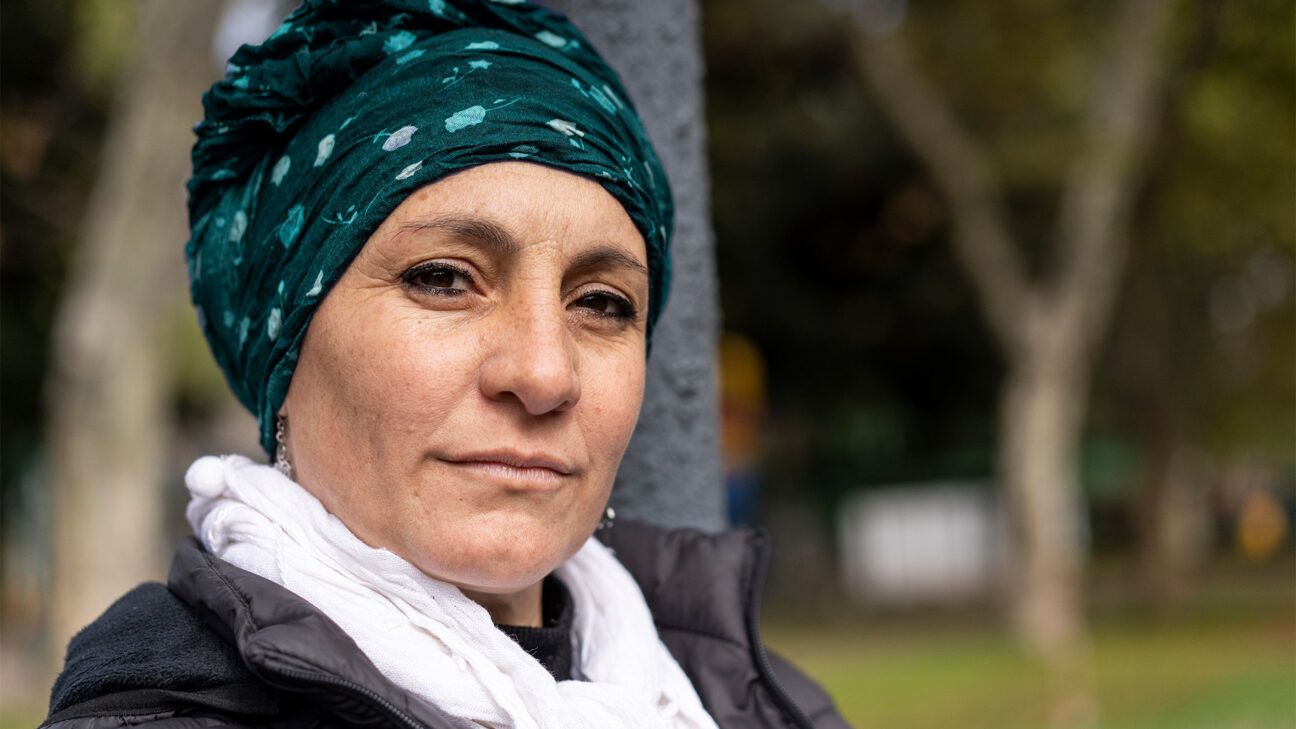
Share on Pinterest
- A recent report highlights a concerning increase in cancer cases among women and younger adults in the United States.
- Notably, cancer rates in women aged 50 to 64 have now surpassed those of men for the first time.
- While the exact reasons for this trend remain unclear, healthcare professionals cite a lack of physical activity, high alcohol intake, and diets rich in ultra-processed foods as potential contributing factors.
According to a report released on January 16 by the American Cancer Society (ACS), cancer death rates in the United States have dropped by 34% from 1991 to 2022.
The Cancer Statistics, 2025 report attributes this decline primarily to reductions in the four most prevalent cancer types: lung, colorectal, breast, and prostate cancers.
Despite the decrease in mortality, the report reveals a rise in new cancer cases—referred to as incidence—across various cancer types, particularly among women and younger adults.
For instance, the incidence of cancer in women aged 50 to 64 has exceeded that of men for the first time, and the rate of cancer among women under 50 is now 82% higher than that of their male counterparts, up from 51% in 2002.
Additionally, lung cancer incidence is now greater in women than in men among those under 65, attributed to differences in smoking initiation and cessation patterns.
The report also pointed out that pancreatic cancer rates and related deaths continue to rise for both genders. The five-year survival rate for individuals diagnosed with pancreatic exocrine tumors remains a mere 8%, with this type constituting 90% of all pancreatic cancer cases.
“Pancreatic cancer is difficult to detect early — there’s no screening method available like there is for colon cancer,” remarked Dr. Nilesh Vora, a hematologist and medical oncologist not affiliated with the report.
“Advancements in treatments for pancreatic cancer have not kept pace with those for other cancers, such as lung cancer, melanoma, and colon cancer,” Dr. Vora told Healthline.
The report forecasts around 2,041,910 new cancer diagnoses in the U.S. for 2025, with an estimated 618,120 cancer-related deaths.
Despite the anticipated rise in new cancer cases, the death rate from cancer has fallen by 34% between 1991 and 2022, preventing nearly 4.5 million cancer-related fatalities.
“For those diagnosed with cancer, the mortality rate continues to significantly decline,” noted Dr. Kathleen K. Harnden, medical director of breast oncology at the Inova Schar Cancer Institute in Fairfax, VA, who was not part of the report.
“Those facing a challenging cancer diagnosis should remain hopeful, as they are increasingly likely to achieve a cure and be cancer-free after treatment,” she remarked to Healthline.
Dr. Vora emphasized, “Our cancer treatment protocols and diagnostic capabilities have improved significantly, leading to higher incidence rates. However, people are living longer than they did three decades ago, which has contributed to the reduction in mortality rates. This implies a growing number of individuals living with cancer.”
Dr. Harnden highlighted that enhanced multi-disciplinary care—where patients benefit from coordinated efforts among surgeons, medical oncologists, and radiation oncologists—has played a crucial role in improving cancer survival rates in the United States.
“This approach streamlines patient care,” she explained. “All medical professionals collaborate, reviewing the same data to devise a comprehensive strategy for cancer treatment.”
While the reasons for the rising cancer burden among women and young adults remain ambiguous, experts have proposed several possible explanations.
“We have discussed the impact of sedentary lifestyles and rising obesity rates extensively. Dietary changes are also a significant concern,” Dr. Vora noted. “It’s challenging to pinpoint a definitive cause, but these factors warrant further investigation.”
Dr. Harnden pointed out that “as individuals become more engrossed in screen time or occupy roles that involve prolonged sitting—like desk jobs—their cancer risk may increase.”
“Emerging evidence suggests that dietary shifts, such as increased consumption of ultra-processed foods and decreased intake of vegetables, could heighten cancer risk,” she added.
“The rising obesity rates, particularly among women, are concerning,” Dr. Harnden emphasized. “With each additional five pounds, a woman’s risk of developing breast cancer escalates.”
Heightened alcohol consumption is also linked to an increased risk of various cancers, including oral cavity, breast, and liver cancers, all of which saw rising incidence in the report.
The report further underscored troubling disparities in cancer death rates, revealing that Native American populations face two to three times higher rates than white individuals for kidney, liver, stomach, and cervical cancers.
Moreover, Black individuals are twice as likely as white individuals to die from prostate, stomach, and uterine cancers and are 50% more likely to succumb to cervical cancer, a disease preventable by the HPV vaccine.
“The inequalities in cancer care are always a humbling reality to confront,” remarked Dr. Harnden.
It is vital that we continually strive to enhance cancer screening initiatives and ensure that everyone, irrespective of their socioeconomic or cultural background, has access to these crucial resources. This sentiment was echoed by Dr. Vora, who stressed the importance of outreach to underserved communities and educating them about cancer prevention and treatment.
Accessibility is paramount in cancer treatment. It is essential to guarantee that all patients can access the necessary treatments. As Dr. Harnden pointed out, several proactive steps can be taken to mitigate cancer risk. Emphasizing reduced alcohol consumption and integrating more physical activity into daily routines can significantly enhance overall health.
The American Cancer Society’s Cancer Statistics, 2025 report reflects the progress made in lowering the cancer death rate in the U.S. However, it also brings to light concerning trends, such as the rising cancer incidence among women aged 50 to 64 now surpassing that of men for the first time. These trends may be attributed to factors like alcohol consumption, physical inactivity, and the intake of ultra-processed foods.
It’s crucial for individuals to take control of their health by making informed lifestyle choices. By remaining proactive and educated, we can collectively work towards alleviating the cancer burden and fostering overall well-being for everyone.






